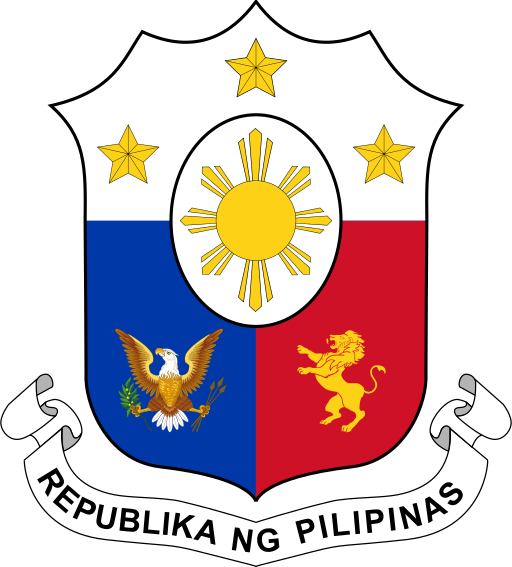Review of the Medium-Term Macroeconomic Assumptions
and Fiscal Program (FY) 2024 to 2028
April 4, 2024
The Development Budget Coordination Committee (DBCC) has recalibrated the government’s medium-term macroeconomic assumptions, fiscal program, and growth targets for FYs 2024 to 2028 to reflect domestic and global developments.
This recalibration will ensure that the government’s targets respond more directly to the needs of the Filipino people and that strategic growth-enhancing fiscal consolidation is being pursued for sustainable and inclusive development.
Macroeconomic Assumptions
The DBCC has approved the following revisions to the macroeconomic assumptions based on emerging data:
|
Indicator |
2024 |
2025 |
2026 - 2028 |
|
Inflation (%) |
2.0 - 4.0 |
2.0 - 4.0 |
2.0 - 4.0 |
|
Dubai crude oil (USD/bbl) |
70 - 90 |
65 - 85 |
65 - 85 |
|
Foreign exchange rate (Php/USD) |
55.00 - 57.00 |
55.00 - 58.00 |
55.00 - 58.00 |
|
Exports of goods, BPM6 (%) |
3.0 |
6.0 |
6.0 |
|
Imports of goods, BPM6 (%) |
4.0 |
7.0 |
8.0 |
Notes: bbl = barrel, BPM6 = Balance of Payments 6th edition, PHP= Philippine peso, USD = US dollar
Full-year average inflation rate for 2023 settled at 6.0 percent as the country grappled with the second order effects of high commodity prices from geopolitical tensions, trade restrictions from major rice-exporting countries, and tight supply of key commodities.
Following the proactive monetary policy actions undertaken by the Bangko Sentral ng Pilipinas (BSP) and the strategies being implemented by the Administration, through the Inter-Agency Committee on Inflation and Market Outlook, inflation rate targets were retained at 2.0 to 4.0 percent for 2024 until 2028. To ensure that inflation remains within the target band, the government will accelerate the implementation of strategies under its Reduce Emerging Inflation Now (REIN) Plan.
Meanwhile, the assumptions for the Dubai crude oil price were maintained at USD 70 to 90 per barrel for 2024, and USD 65 to 85 per barrel for 2025 to 2028. This reflects the latest futures prices and forecasts that suggest tempered global crude oil prices over the medium term.
The peso-dollar exchange rate assumptions were narrowed to Php 55 to Php 57 against the USD in 2024 and retained at Php 55 to Php 58 against the USD in 2025 until 2028. The peso will continue to be supported by structural foreign exchange inflows and firm macroeconomic fundamentals of the country.
The growth of goods imports this year is expected to settle at 4.0 percent in 2024 before increasing to 7.0 percent in 2025 and 8.0 percent in 2026 until 2028. Goods imports are expected to be propped up by investments in public infrastructure. On the other hand, rising trade distortions and geoeconomic fragmentation will clip goods exports growth in 2024 to 3.0 percent before rebounding by 6.0 percent annually in 2025 until 2028.
Real Growth Projections
Driven by robust domestic demand and a resilient services sector, the Philippine economy finished strong with a 5.6 percent GDP growth rate in 2023, outpacing the ASEAN-6 countries such as Singapore (1.1 percent), Thailand (1.9 percent), Malaysia (3.7 percent), Vietnam (5.0 percent), and Indonesia (5.0 percent). Real GDP in 2023 is now higher by 8.6 percent compared to 2019 or pre-pandemic level.
Multilateral organizations also affirmed the strength of the Philippine economy, expecting it to remain a frontrunner among ASEAN countries this year despite external challenges.
|
Year |
GDP Growth Assumptions (in percentage) |
|
2024 |
6.0 - 7.0 |
|
2025 |
6.5 - 7.5 |
|
2026-2028 |
6.5 - 8.0 |
Considering the latest trade outlook of the BSP and the International Monetary Fund (IMF) amid global trade disruptions and geopolitical tensions, the DBCC revised the economic growth targets to 6.0 to 7.0 percent for 2024. Meanwhile, the growth target for 2025 was narrowed to 6.5 to 7.5 percent from the previous range of 6.5 to 8.0 percent, while retaining a 6.5 to 8.0 percent growth target for 2026 to 2028.
Medium-Term Fiscal Program
The government’s fiscal targets were revisited to reflect the current global and domestic environment and, ultimately, ensure that more strategic and growth-enhancing fiscal consolidation is being pursued.
(in billion pesos)
|
PARTICULARS |
2024 |
2025 |
2026 |
2027 |
2028 |
|
Projections |
Projections |
Projections |
Projections |
Projections |
|
|
Revenues |
4,269.9 |
4,583.3 |
4,956.6 |
5,487.7 |
6,078.0 |
|
% of GDP |
16.1% |
15.8% |
15.8% |
16.1% |
16.4% |
|
Disbursements |
5,754.3 |
6,074.2 |
6,433.5 |
6,887.2 |
7,449.9 |
|
% of GDP |
21.7% |
21.0% |
20.5% |
20.2% |
20.1% |
|
Deficit |
(1,484.3) |
(1,490.9) |
(1,476.8) |
(1,399.5) |
(1,371.9) |
|
% of GDP |
-5.6% |
-5.2% |
-4.7% |
-4.1% |
-3.7% |
Medium-Term Revenue Program
For 2023, the Administration successfully registered an increase of 7.9 percent in revenue collections, hitting Php 3.824 trillion and exceeding the government’s target by 2.6 percent.
Over the medium term, the government’s revenue performance will further be improved through enhanced tax administration reforms focused on modernizing and upgrading the efficiency of the Philippine tax system. This will be complemented by revenue reform measures that were recalibrated to further improve revenue mobilization and ultimately, be more attuned to the country’s fiscal requirements and current domestic developments.
These reforms include the Value-added Tax (VAT) on non-resident Digital Service Providers (DSPs); the Imposition of Excise Tax on Single-use Plastics (SUPs); the Package 4 of the Comprehensive Tax Reform Program (CTRP); the Rationalization of the Mining Fiscal Regime; and the Reform on the Motor Vehicle Users’ Charge (MVUC).
Revenues are projected to reach Php 4.270 trillion (16.1 percent of GDP) in 2024 and rise to Php 6.078 trillion (16.4 percent of GDP) by 2028.
Medium-Term Disbursement Program
Part of securing macro-fiscal stability and inclusive growth over the medium term is ensuring that the government’s limited resources are directly responsive to the country’s development goals while curbing wasteful spending.
Attesting to this, the national government’s spending performance for 2023 reached Php 5.336 trillion, surpassing the target by 2.1 percent. This is a testament to the significant improvement in government spending in the last quarter, driven by the agencies’ catch-up plans and the accelerated implementation of programs on infrastructure, social protection, education, livelihood, and employment, among other factors.
Over the medium term, disbursements are expected to remain at an average of 20.7 percent of the GDP, reaching Php 5.754 trillion (21.7 percent of GDP) in 2024 and further increasing to Php 7.450 trillion (20.1 percent of GDP) by 2028.
Budget priority will continuously be given to programs and projects that ensure social and economic transformation, in line with the administration’s 8-Point Socioeconomic Agenda and the Philippine Development Plan (PDP) 2023-2028.
With this in mind, the DBCC will continue to pursue the Golden Age of Infrastructure through the Build-Better-More Program—with infrastructure spending targeted to be at least 5.0 to 6.0 percent of GDP annually from 2024 to 2028 as set in the MTFF.
The social services sector including education, health, and agriculture has been receiving the largest share of the national government expenditures since 2007 and will also be continuously prioritized.
Medium-Term Deficit Path
Based on the revenue and spending outlook, the deficit program will gradually decline from 6.2 percent in 2023 to 3.7 percent in 2028.
The new deficit path—now projected to gradually decrease in a practical, sustainable, and strategically paced manner—aims to respond more directly to the country’s urgent needs. This will provide the necessary fiscal space to support the government’s spending plan to invest more heavily in infrastructure and human capital development and provide adequate and well-targeted social services.
Borrowings will be complemented by an upsurge in revenue collections over the medium term as a result of improved tax administration and recalibrated revenue measures. This will ultimately allow taxpayers such as consumers and businesses to have more headroom to spend out of their income.
Meanwhile, the debt-to-GDP ratio will also decline from 60.2 percent in 2023 before settling at 55.9 percent in 2028, well within the internationally accepted threshold of 70 percent, as recommended by the IMF.
These fiscal targets reflect the DBCC’s commitment to balancing the requirements of supporting economic growth while ensuring prudent fiscal management by keeping the country’s debt profile in the median of comparable countries in the ASEAN, among peers with similar credit rating, and other emerging market economies.
Proposed FY 2025 National Budget
Consistent with the macroeconomic assumptions and the aforementioned fiscal targets, the proposed national budget for FY 2025 is set at Php 6.200 trillion, equivalent to 21.4 percent of GDP and higher by 7.5 percent compared to the FY 2024 national budget. This will continue to lay the groundwork for achieving the country’s development goals, under National Budget Memorandum No. 151 or the FY 2025 Budget Priorities Framework.
Closing
The DBCC will continue its proactive efforts to sustain the high-growth trajectory of the Philippine economy and mitigate the lingering effects of high inflation amid a slower global economic scenario.
Pursuing a whole-of-government and a whole-of-society approach, the DBCC will be steadfast in implementing well-targeted social services, structural reforms, and strategies to reduce the poverty rate to single digit, or 9 percent by 2028, and create a sustainable and future-proof economy that improves the quality of life for all Filipinos.
-END-


